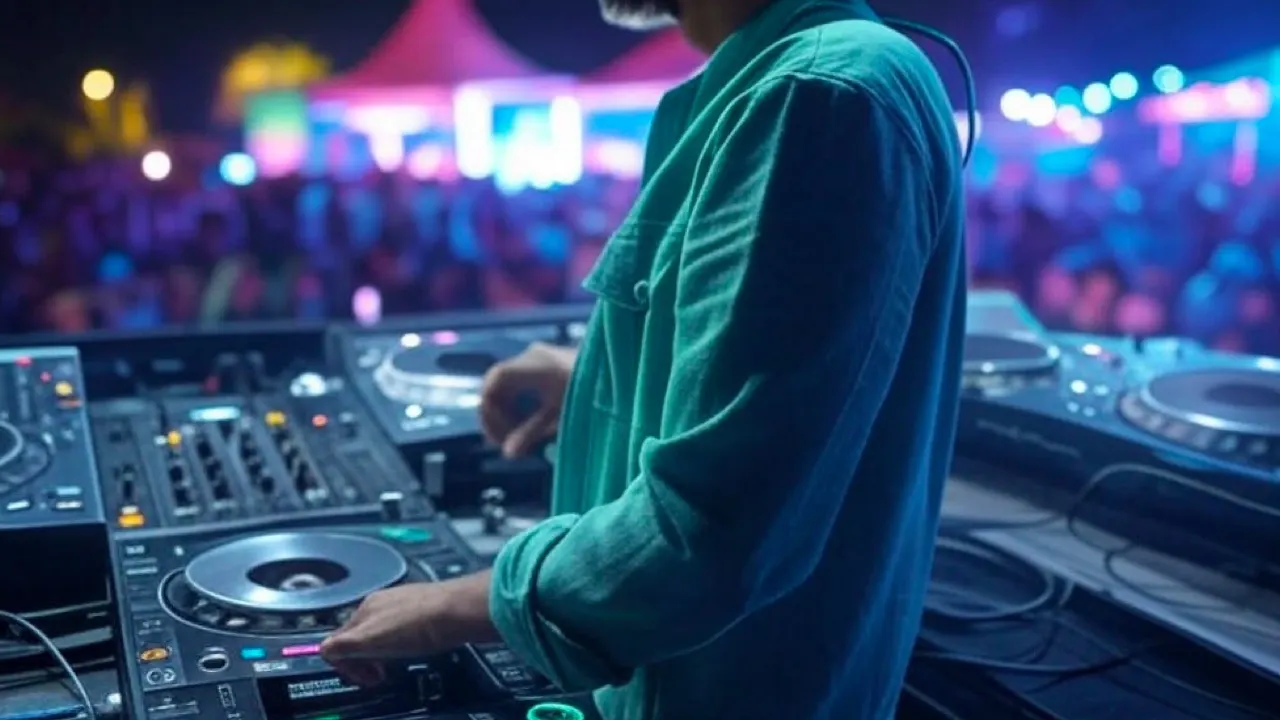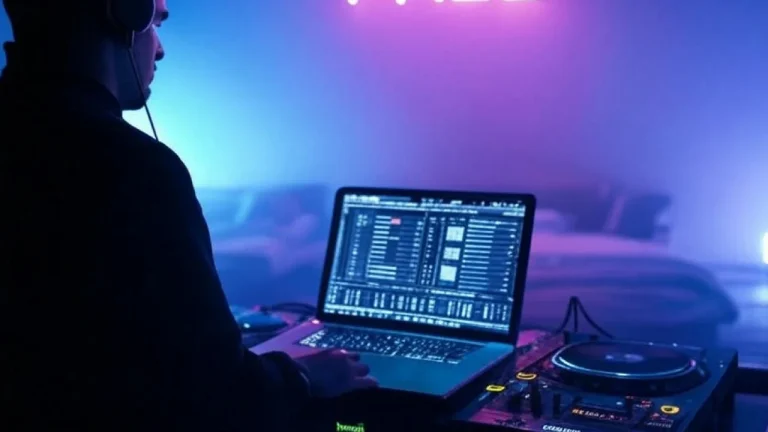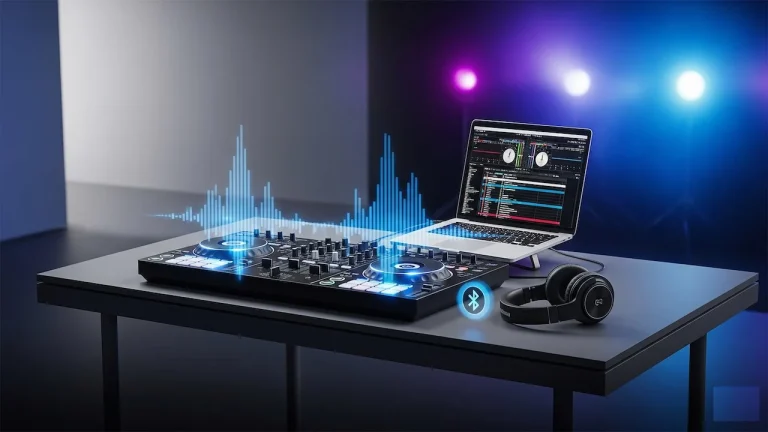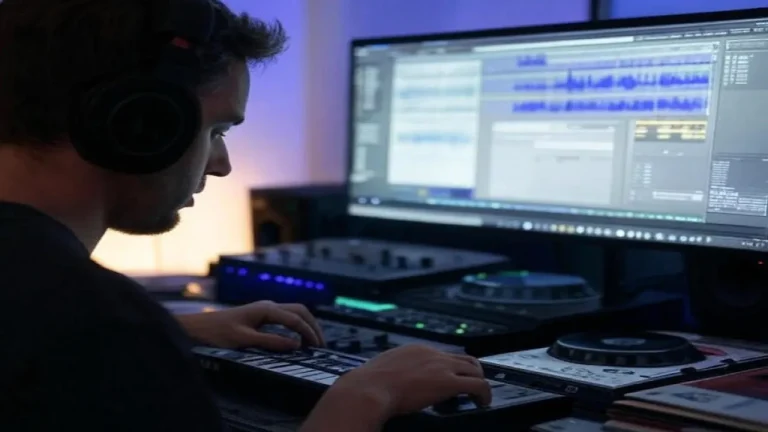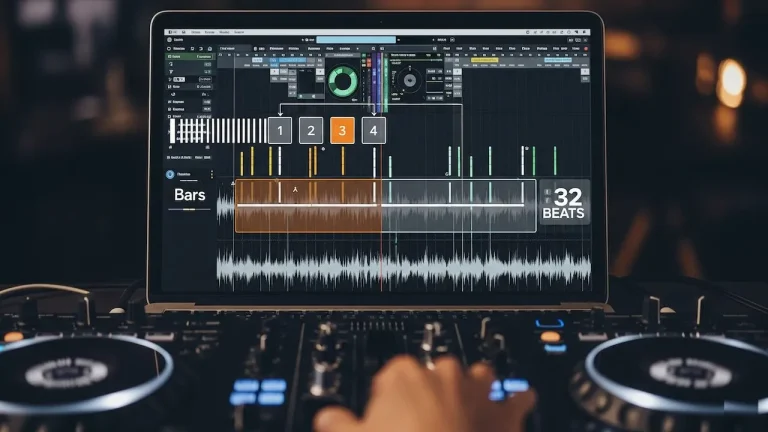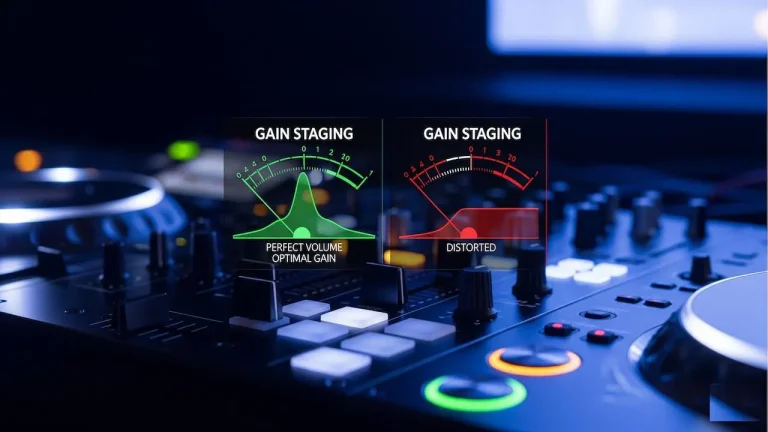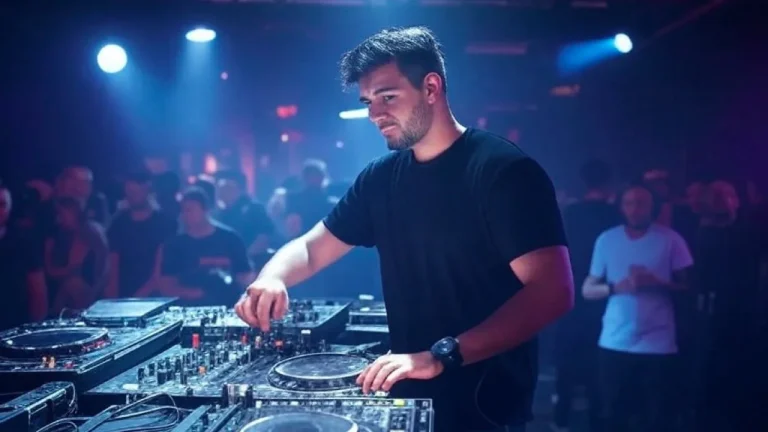Building a signature DJ style starts with thoughtful track selection, consistent mixing techniques, and developing unique sonic elements that become recognizable to your audience. Building your signature sound begins with thoughtful track selection and smart mixing decisions. Your signature sound combines technical skills with personal artistic vision to create a distinct identity that sets you apart from other DJs.
Define Your Musical Identity and Genre Focus
Start by analyzing your music preferences to identify core elements that resonate with you. Listen to your top 10 rated tunes in iTunes (in all genres), and analyse the specific elements you love about each track. There will be a common theme (or themes). Focus on specific genres or BPM ranges that align with your style.
Stick to a consistent house BPM range (115-130) when building your foundation. This consistency helps audiences recognize your sets while giving you room for creative expression within defined parameters.
| Genre Focus | BPM Range | Key Elements |
|---|---|---|
| House | 115-130 | Four-on-floor beats, soulful vocals |
| Techno | 120-135 | Industrial sounds, repetitive patterns |
| Hip-Hop | 70-140 | Strong basslines, vocal samples |
Develop Unique Mixing Techniques and Effects
Create signature mixing elements that become part of your sound identity. Develop a go-to FX combo (like a signature filter sweep or echo pattern) that you can apply consistently across different tracks.
Use recurring technical elements such as:
- Unique percussion patterns layered over existing tracks
- Specific vocal effects or processing techniques
- Custom loop combinations that bridge different songs
- Signature scratch patterns or turntable techniques
Use recurring elements like unique percussion patterns or vocal effects to tie it all together. These consistent elements help listeners identify your sets even when hearing unfamiliar tracks.
Build Your Visual and Audio Brand Identity
Your signature sound must align with consistent visual branding across all platforms. Having a consistent and coherent identity is key. That means having a colour scheme, font, and logo that align and give off the right vibe.
Select 2-3 core colors that represent your musical vibe. Pick two or three core colours that represent your vibe. That might be something like dark and moody for techno, neon-bright for fun house, or minimal aesthetics for underground genres.
Audio Branding Elements
DJ Drops are used to promote a DJ’s Brand, add a signature of ownership to a mix, introduce a DJ to a live crowd, and to promote show names, websites and social media handles. Professional DJ drops create instant recognition and establish ownership of your mixes.
| Audio Element | Purpose | Frequency of Use |
|---|---|---|
| DJ Drops | Brand promotion and mix ownership | 2-3 times per set |
| Custom Samples | Unique sonic signature | Throughout mix |
| Vocal Tags | Artist identification | Beginning and end |
Master Track Selection and Curation
Smart track selection forms the foundation of your signature sound. Focus on tracks that align with both your technical skills and emotional vibe. Build a music library that reflects your artistic vision while maintaining quality standards.
Create themed playlists that showcase different aspects of your style:
- Peak-time energy tracks for maximum crowd response
- Deep cuts that demonstrate musical knowledge
- Remix versions that show your creative approach
- Exclusive edits or bootlegs for uniqueness
Layer classic vocals over current instrumentals using vocal-isolation tools. This technique creates fresh takes on familiar songs while showcasing your creative abilities.
Incorporate Custom Samples and Sound Design
Adding samples, voiceovers, and DJ tags is the perfect way to customize your mixes/shows and add your unique flair and identity. Custom samples become sonic signatures that audiences associate with your performances.
Develop signature sounds using:
- Field recordings from interesting locations
- Vocal snippets or catchphrases
- Unique percussion elements
- Atmospheric sounds that match your vibe
Use more nature sounds in your songs; use softer pianos and be creative with how you use them. Choose sounds that align with your intended emotional impact and genre focus.
Sound Design Techniques
Branding and Signature Sound: Consistently using certain samples or crafting unique ones can become part of a DJ’s brand identity. Regular use of specific sounds creates recognition and builds your sonic brand.
Practice Set Curation and Flow Development
Perfect your mixing flow by practicing complete sets that showcase your signature style. Focus on building peaks that excite while keeping your signature sound intact. Record practice sessions to analyze your development and identify areas for improvement.
Structure your sets with:
- Strong opening tracks that establish your vibe
- Progressive energy building throughout the middle
- Signature tracks that define your sound
- Memorable closing sequences
Set Review: Analyze recordings, get feedback, and refine your craft. Regular analysis helps you identify which elements work best and need refinement.
Build Professional Brand Consistency
Maintain consistency across all touchpoints where audiences encounter your brand. To create a unique brand identity as a DJ, focus on your unique style, personality, and values. Develop a distinctive DJ name, logo, and visual identity.
Professional branding includes:
- Consistent color schemes across social media
- Professional photography that matches your style
- Branded merchandise and promotional materials
- Website design that reflects your musical identity
Your signature sound should align with your overall artistic identity. Visual Consistency: Pair your sound with cohesive branding and visuals.
People Also Ask
Developing a signature DJ sound typically takes 6-12 months of consistent practice and experimentation. The timeline depends on your existing musical knowledge, technical skills, and dedication to refining your style.
A unique DJ sound combines specific track selection preferences, consistent mixing techniques, custom samples or effects, and recognizable transitions that create a cohesive listening experience across different performances.
Start with one primary genre to establish your foundation, then gradually incorporate complementary styles. Multi-genre djing blend styles can work when executed with consistent musical elements that tie different genres together.
DJ drops are highly important for brand recognition and establishing ownership of your mixes. They should be used strategically throughout sets without overwhelming the music flow.
Advanced Signature Sound Techniques
Master advanced techniques that separate professional DJs from beginners. Intermediate controller tricks can become signature elements when applied consistently across performances.
Advanced techniques include:
- Custom harmonic mixing patterns
- Live remixing and mashup creation
- Real-time sound manipulation
- Creative loop combinations
Perfect your creative dj transitions to create seamless flow between tracks while maintaining your signature style throughout the mix.
Recording and Analyzing Your Progress
Document your development by recording practice sessions and live performances. How to record your mixes properly allows you to analyze your signature elements and identify areas for improvement.
Analysis should focus on:
- Consistency of your signature elements
- Crowd response to specific techniques
- Technical execution quality
- Overall flow and energy management
FAQ
You can develop a signature sound with basic DJ equipment, but having consistent gear helps maintain your style. DJ gear setup optimize workflow guidance can help you choose equipment that supports your creative vision.
Professional DJs learn to recover from errors while staying true to their style. Handle mistakes live techniques help you maintain confidence and keep your signature elements intact even when things go wrong.
Yes, signature sounds can evolve as you grow as an artist. The key is making gradual changes that maintain recognizable elements while incorporating new influences and techniques.
Your signature sound is working when audiences can identify your sets, other DJs recognize your style, and you receive consistent feedback about specific elements that define your performances. Track audience engagement and requests for specific techniques you use.
